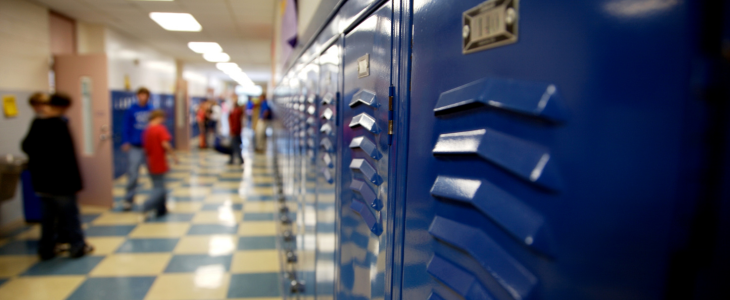
Iowa’s new law, effective July 1, 2024, aims to tackle chronic absenteeism by
supporting students who miss 10% or more of school days. For a 180-day school year,
this means missing 18 days or more. In the 2022-23 school year, 22.6% of Iowa
students were chronically absent, raising concerns about their academic progress and
well-being.
What is Senate File 2435?
Iowa’s Senate File 2435 (SF 2435) aims to reduce chronic absenteeism by requiring
schools to address attendance issues early. Schools must create policies, work with
families and partner with community organizations to support students. The law’s focus
is not just on enforcing attendance, but understanding why students miss school,
whether due to health, family or economic challenges, and providing the help they need
to succeed.
Why the law?
Research shows that frequent absences, especially in the early years of school, can
seriously harm a child’s learning. Students who miss a lot of school tend to fall behind in
key subjects like reading and math. Over time, these gaps are harder to close, often
resulting in higher dropout rates, fewer chances for higher education and reduced
career opportunities. The law is designed to help identify these students early and
provide the support they need to stay on track. By addressing the root causes of
absenteeism, the goal is to boost student achievement and reduce long-term negative
outcomes.
How parents/guardians can help
Addressing chronic absenteeism requires a team effort. Schools, families and
communities must work together to create environments where students feel supported
and motivated to attend regularly. Here are a few ways communities can get involved:
- Raise awareness: Talk about why school attendance matters and how missing
days affects learning. Schools can team up with local groups to share this
message with families. - Support families: Many students miss school due to problems like
transportation, health or family issues. Communities can help by offering
resources such as rides to school or support for families facing tough times. - Engage students: Schools can create a welcoming environment with programs
like mentorships, activities and positive teacher relationships to make students
want to attend.
Iowa’s new law aims to improve education by reducing chronic absenteeism. With
schools and communities working together, more students can stay in school and
succeed!

Visit the Department of Education’s website for more information and helpful resources
to battle chronic absenteeism: https://educate.iowa.gov/pk-12/student-
services/prevention/attendance-chronic-absenteeism.
Karl Kurt is the assistant chief administrator and director of human resources of Central
Rivers Area Education Agency, with offices in Cedar Falls, Clear Lake and
Marshalltown. He can be reached at kkurt@centralriversaea.org. Central Rivers AEA
serves over 5,000 K-12 educators in 18 counties of north central Iowa to improve
outcomes for over 60,000 students. Learn more at www.centralriversaea.org.
